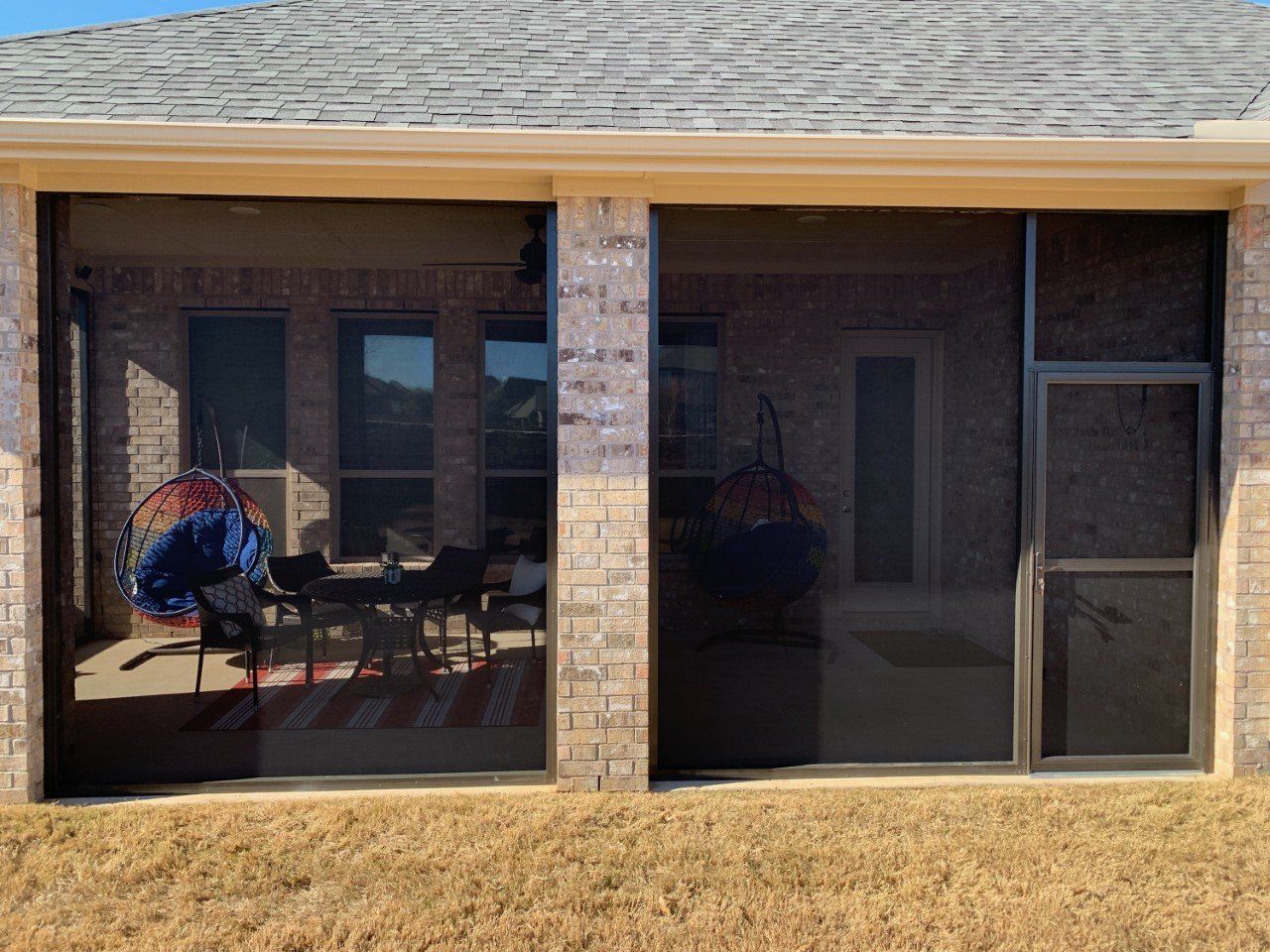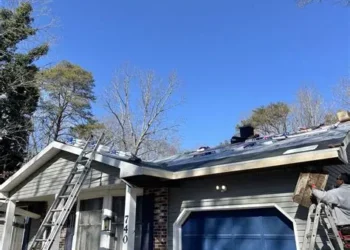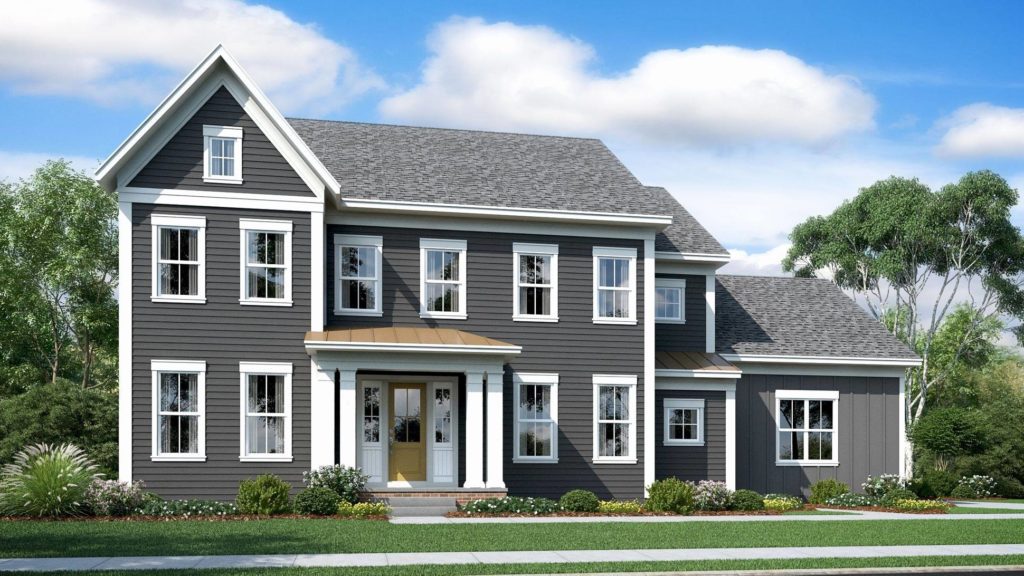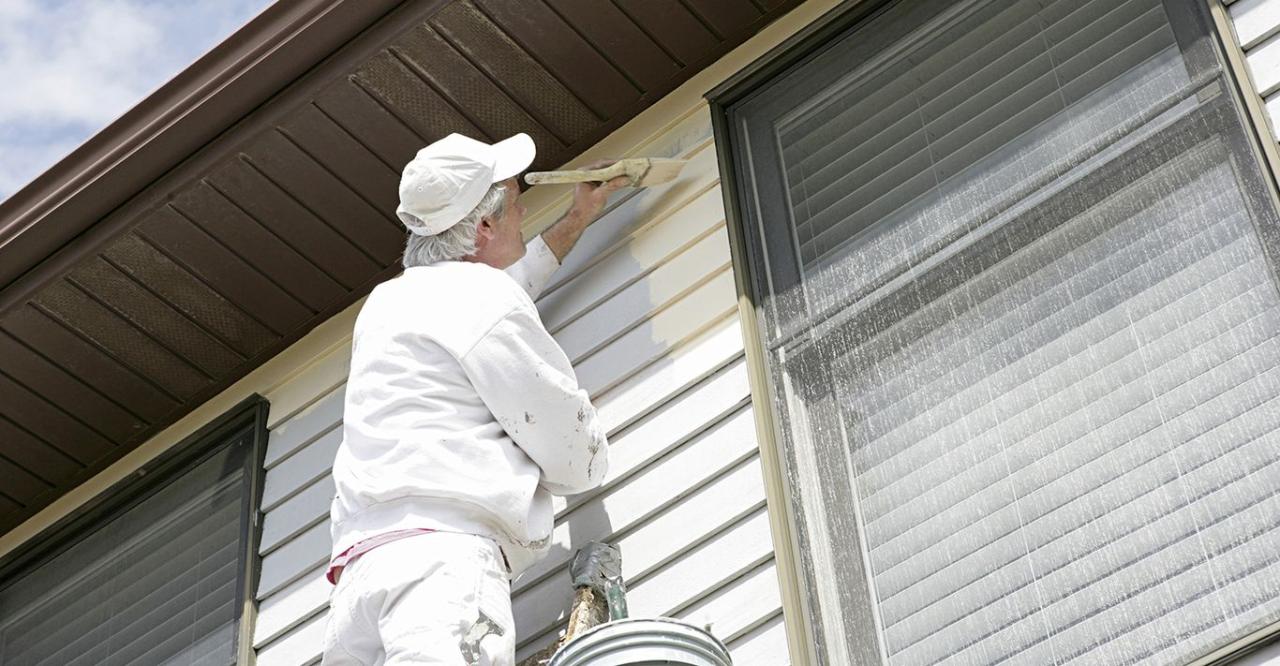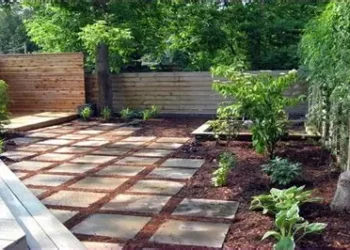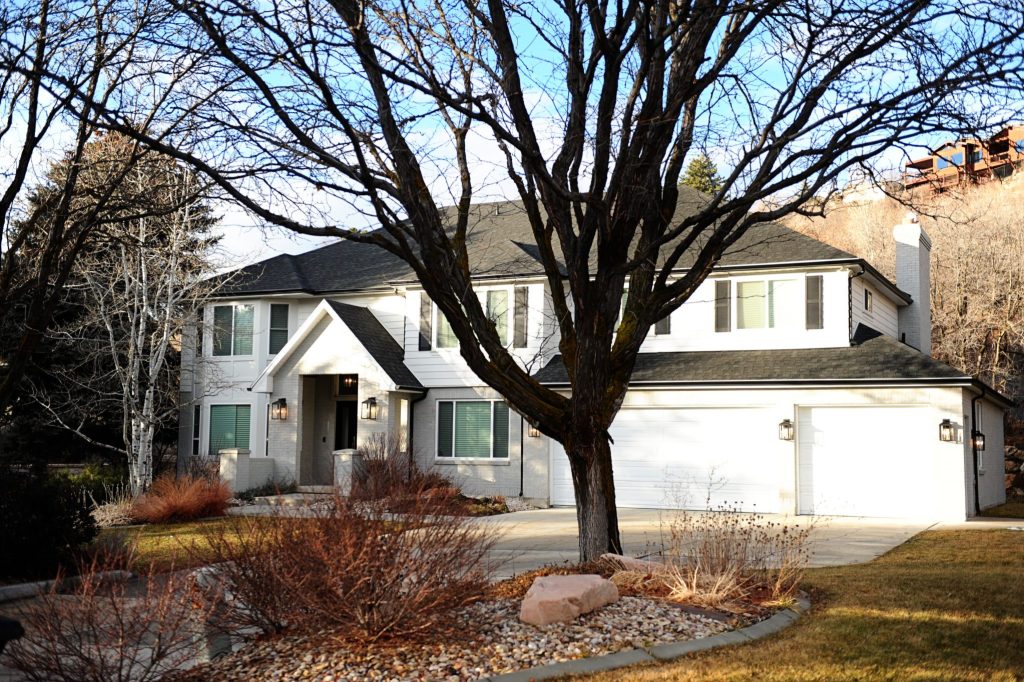Embark on a journey comparing concrete patios to paver patios, delving into the intricacies of materials, costs, design options, durability, and more. Discover the nuances that make each option unique and find the perfect fit for your outdoor space.
Introduction to Concrete Patio vs Paver Patio
A concrete patio is a solid surface made of poured concrete, while a paver patio is constructed using individual pavers or stones that are laid on a compacted base.
Materials Used
- Concrete Patio: Made of poured concrete, which can be stamped, stained, or colored to create various designs and textures.
- Paver Patio: Comprised of individual interlocking pavers or stones, available in a wide range of styles, colors, and patterns.
Benefits of Choosing a Concrete Patio over a Paver Patio
- Cost-Effective: Concrete is generally more affordable than pavers, making it a budget-friendly option for a patio installation.
- Durability: Concrete is a durable material that can withstand harsh weather conditions and heavy foot traffic, ensuring long-lasting performance.
- Low Maintenance: Concrete patios require minimal maintenance compared to paver patios, which may require periodic re-leveling or replacement of individual pavers.
- Customization: Concrete offers versatility in design with options for stamping, staining, or coloring to achieve a unique look that complements your outdoor space.
Cost Analysis
When it comes to comparing the costs of installing a concrete patio versus a paver patio, there are several factors to consider. Let's break down the cost differences between the two options and explore the long-term maintenance costs associated with each type.
Installation Costs
- Concrete Patio: The cost of installing a concrete patio is generally lower than that of a paver patio. Concrete is typically less expensive per square foot, making it a budget-friendly option for homeowners.
- Paver Patio: Pavers can be more costly to install due to the materials and labor involved. The price per square foot for pavers is higher than concrete, but the aesthetic appeal and durability may justify the additional cost for some homeowners.
Maintenance Costs
- Concrete Patio: Concrete patios may require less maintenance over time compared to paver patios. However, over the years, concrete can crack and chip, necessitating repairs or replacements.
- Paver Patio: Paver patios are known for their durability, but they may require occasional maintenance such as sanding, sealing, or replacing individual pavers if they become damaged. These maintenance tasks can add to the long-term costs of a paver patio.
Cost-Saving Tips
- Consider using stamped concrete to mimic the look of pavers at a lower cost.
- Shop around for competitive quotes from contractors to get the best deal on installation.
- Regularly clean and maintain your patio to prevent costly repairs or replacements in the future.
Design Options and Aesthetics
When it comes to designing outdoor spaces, the aesthetics of a patio play a crucial role in enhancing the overall look and feel of the area. Let's delve into the design options and aesthetics of concrete patios compared to paver patios.
Design Flexibility
Concrete patios offer a high level of design flexibility, allowing for various shapes and sizes to be easily created. From smooth finishes to stamped patterns that mimic natural stone or brick, concrete can be customized to suit different styles and preferences.
On the other hand, paver patios also provide flexibility in design, with a wide range of shapes, patterns, and sizes available. Pavers can be arranged in different layouts to create intricate designs or simple geometric patterns, offering versatility in design options.
Color and Texture Options
Concrete patios come in a variety of color options, ranging from earth tones to vibrant hues, achieved through the use of integral pigments or acid staining. In terms of texture, concrete can be stamped, brushed, or exposed aggregate to create different looks and finishes.
Conversely, paver patios offer a wide selection of colors and textures as well, with options like clay brick, concrete, or natural stone pavers available. The choice of paver material can greatly impact the overall aesthetic of the patio, allowing for a cohesive design with the surrounding landscape.
Impact on Outdoor Space
The design choices made for a patio can significantly impact the overall look and feel of the outdoor space. A well-designed patio can tie together the elements of a backyard, creating a cohesive and inviting atmosphere. Whether opting for a sleek and modern concrete patio or a rustic and timeless paver patio, the design aesthetic chosen can complement the architecture of the home and the surrounding environment.
By considering factors such as color, texture, and layout, homeowners can transform their outdoor space into a functional and visually appealing area for relaxation and entertainment.
Installation Process
When it comes to installing a patio, whether it be concrete or pavers, the process involves specific steps and tools to ensure a successful outcome. Let's take a closer look at the installation process for each type of patio.
Concrete Patio Installation:
- Prepare the area by excavating the ground and ensuring proper drainage.
- Build a form to contain the concrete and pour the mixture evenly across the area
.
- Smooth the surface with a screed and then finish it with a trowel for a polished look.
- Allow the concrete to cure properly before adding any furniture or decorations.
Paver Patio Installation:
- Excavate the area and create a base using gravel and sand to ensure proper drainage.
- Lay the pavers in the desired pattern, making sure to leave space for sand or gravel in between.
- Secure the pavers in place using edge restraints and a compactor to ensure they are level.
- Fill the gaps between pavers with sand or gravel and compact once again to settle them in place.
Tools and Equipment:
For installing a concrete patio, you will need tools such as a wheelbarrow, shovel, screed, trowel, and concrete mixer.
For a paver patio, you will require tools like a compactor, level, edge restraints, rubber mallet, and a broom for finishing touches.
Durability and Maintenance
When comparing concrete patios to paver patios, durability and maintenance are crucial factors to consider. Both options have their strengths and weaknesses, so let's delve into how each fares in terms of longevity and upkeep.
Durability Comparison
Concrete patios are known for their durability, as they can withstand heavy foot traffic and various weather conditions. However, they may be prone to cracking over time, especially in areas with freeze-thaw cycles. On the other hand, paver patios are more flexible and less likely to crack due to their interlocking nature.
This makes paver patios a more durable option in the long run.
Maintenance Tips
- For concrete patios, regular sealing is essential to prevent staining and water damage. Periodic resealing every few years can help maintain its appearance and durability.
- Paver patios require occasional re-leveling of the pavers to ensure a flat surface. Additionally, filling in the joints with polymeric sand can help prevent weed growth and maintain stability.
Common Issues and Solutions
- Concrete patios may develop cracks over time, which can be addressed by filling them with a specialized concrete crack filler. Regular inspections and prompt repairs can help prevent further damage.
- Paver patios may experience shifting or settling of pavers, leading to an uneven surface. Re-leveling the pavers and adding a new layer of sand can help address this issue and maintain the patio's integrity.
Climate Considerations
When it comes to choosing between a concrete patio and a paver patio, climate considerations play a crucial role in determining which material is more suitable for your outdoor space. Different weather conditions can impact the performance and longevity of both types of patios.
Let's dive into how extreme heat, cold, or moisture can affect concrete and paver patios and provide recommendations for selecting the right material based on climate considerations.
Impact of Weather Conditions
Extreme heat can cause concrete to expand and crack, while pavers may become too hot to walk on comfortably. In regions with harsh winters, concrete can crack due to freeze-thaw cycles, and pavers may shift or settle unevenly. Excessive moisture can lead to mold and mildew growth on concrete surfaces and cause pavers to become slippery.
Suitable Material for Different Climates
- Concrete patios are more suitable for regions with moderate climates where temperature fluctuations are not extreme.
- Paver patios are a better choice for areas with harsh winters or high levels of moisture, as they are more flexible and resistant to cracking.
Recommendations
Consider the climate of your region when choosing between a concrete patio and a paver patio. If you live in an area with extreme heat, cold winters, or high humidity, opt for pavers for better durability and longevity. For milder climates, a concrete patio may be a more cost-effective option.
Always consult with a professional to determine the best material for your specific climate conditions.
Conclusive Thoughts
As we wrap up our exploration of concrete patio vs paver patio, it's evident that each option brings its own set of advantages and considerations. Whether you prioritize cost-efficiency, design versatility, or long-term durability, this comparison equips you with the knowledge to make an informed decision for your outdoor oasis.
Question Bank
Which patio option is more cost-effective in the long run?
While concrete patios may have a lower upfront cost, paver patios tend to require less maintenance over time, potentially balancing out the overall costs.
Can paver patios be easily customized in terms of design?
Yes, paver patios offer extensive design flexibility with various colors, patterns, and textures to create a unique outdoor space tailored to your preferences.
How do extreme weather conditions affect the durability of concrete and paver patios?
Extreme heat can cause concrete to crack, while freezing temperatures may damage pavers. It's essential to choose the right material based on your region's climate.

